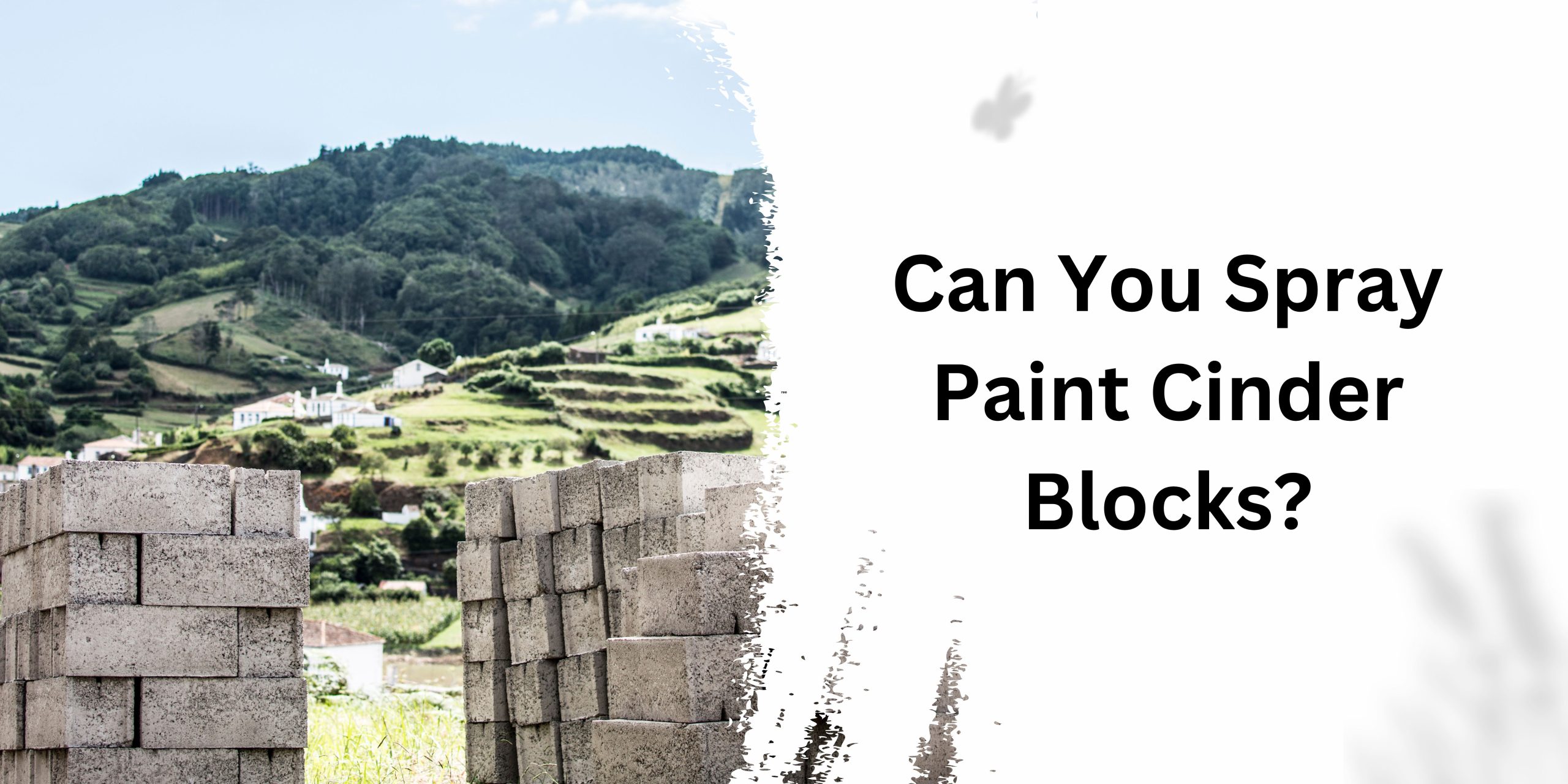Absolutely, you can spray paint cinder blocks! Whether you’re aiming to spruce up a garden wall or bring new life to an old basement, spray painting is a versatile and efficient method. It’s a great way to add colour and personality to your cinder blocks, transforming them from dull grey to vibrant hues.
What Are Cinder Block Wall Fences?
Cinder block wall fences are structures built using cinder blocks, a type of concrete block made from cement and coal cinders. These walls are popular for their durability, strength, and versatility. They can be found in residential, commercial, and industrial settings, serving as property boundaries, privacy screens, or retaining walls.
Benefits of Cinder Block Wall Fences
- Durability: Cinder blocks are incredibly strong and can withstand extreme weather conditions, making them ideal for long-term use.
- Fire Resistance: These blocks are non-combustible, providing an added layer of safety.
- Sound Insulation: Cinder block walls are effective at blocking noise, making them perfect for creating quiet outdoor spaces.
- Versatility: They can be painted, stuccoed, or veneered to match any aesthetic.
What Are the Types of Cinder Block Wall Fences?
There are various types of cinder block wall fences, each serving different purposes and offering unique benefits.
Retaining Walls
These walls are designed to hold back soil and prevent erosion. They are commonly used in landscaping to create level areas on sloped terrain.
Privacy Walls
Built to provide privacy and security, these walls are usually taller and often topped with additional security features like spikes or barbed wire.
Decorative Walls
These walls are more about aesthetics than functionality. They can be painted, textured, or decorated with tiles to enhance the visual appeal of a property.
Load-Bearing Walls
These walls support the weight of structures built above them. They are integral to the construction of buildings, offering both support and stability.
How to Spray Paint Cinder Blocks
Spray painting cinder blocks might seem straightforward, but there are some crucial steps to ensure a lasting and professional finish.
Preparing the Surface
First, clean the cinder blocks thoroughly. Dirt, dust, and debris can prevent the paint from adhering properly. Use a wire brush to scrub the surface, then wash it with soapy water. Let it dry completely before you begin painting.
Priming
Priming is essential for porous surfaces like cinder blocks. Apply a high-quality masonry primer to seal the surface and create a smooth base for the paint. This step will also help in preventing the paint from being absorbed too quickly by the cinder blocks, ensuring even coverage.
Choosing the Right Paint
Opt for a paint specifically designed for masonry or concrete surfaces. These paints are formulated to withstand the unique challenges posed by cinder blocks, such as their porous nature and the exposure to elements if used outdoors.
Spray Painting
Hold the spray can about 12-18 inches away from the cinder block surface. Apply the paint in light, even coats, moving the can in a consistent back-and-forth motion. It’s better to do multiple thin layers than one thick coat to avoid drips and ensure even coverage.
Sealing
Once the paint is dry, consider applying a clear sealant. This step is particularly important for outdoor projects, as it will protect the paint from the elements and extend its lifespan.
Tips for Spray Painting Cinder Blocks
- Work in a Well-Ventilated Area: Ensure you are in a space with good airflow to avoid inhaling fumes.
- Use Protective Gear: Wear a mask, gloves, and goggles to protect yourself from paint fumes and overspray.
- Test First: Always test your paint on a small, inconspicuous area first to make sure you like the colour and finish.
- Follow Manufacturer Instructions: Adhere to the guidelines provided by the paint manufacturer for the best results.
Read More: How to Get Spray Paint Off Tires
Summary
Spray painting cinder blocks is not only possible but also an excellent way to enhance the look of your home or garden. With the right preparation, primer, and paint, you can transform drab cinder blocks into a colourful and attractive feature. Remember to seal your work to protect it from the elements and ensure it lasts for years to come.

